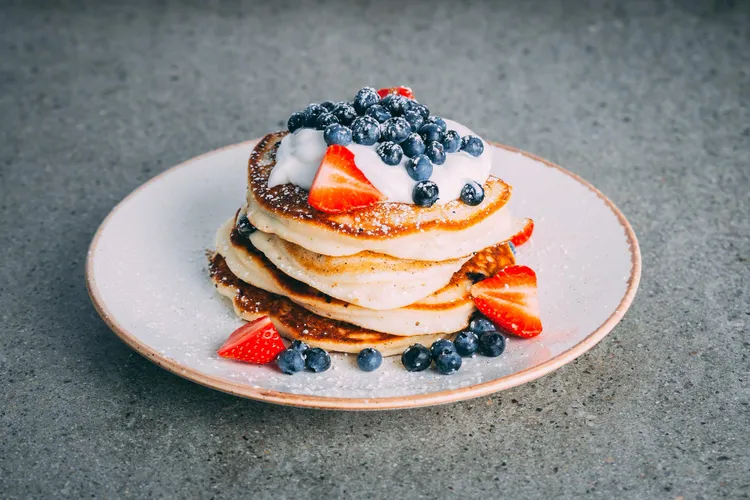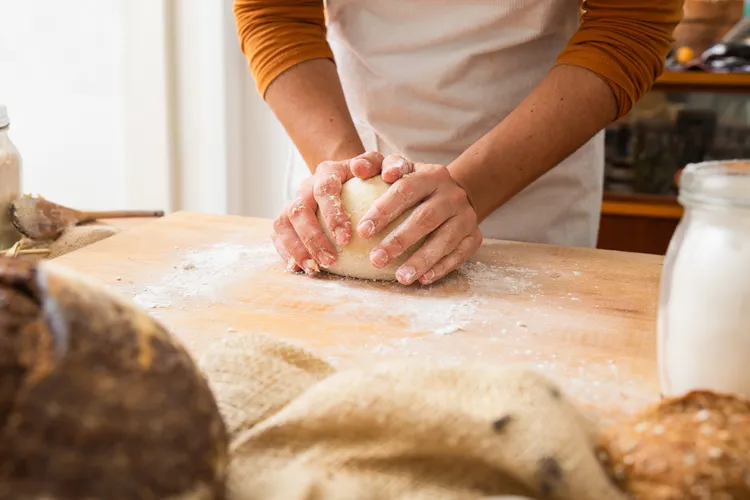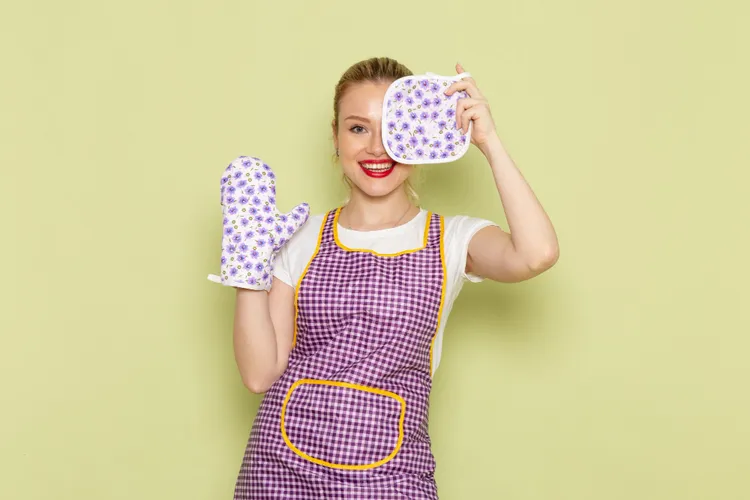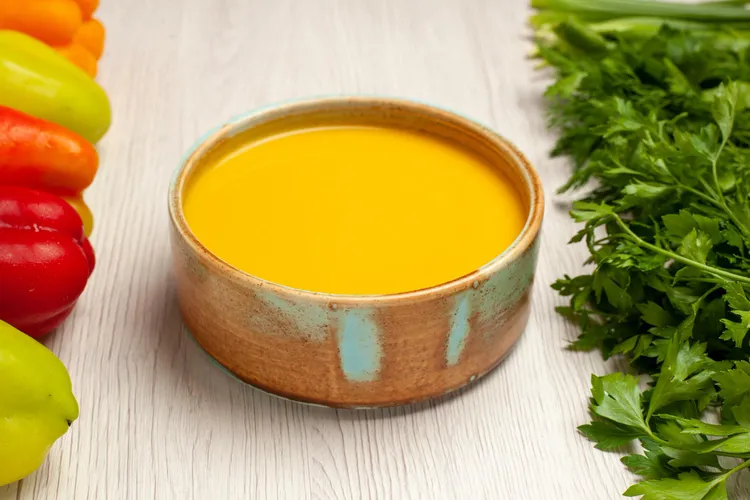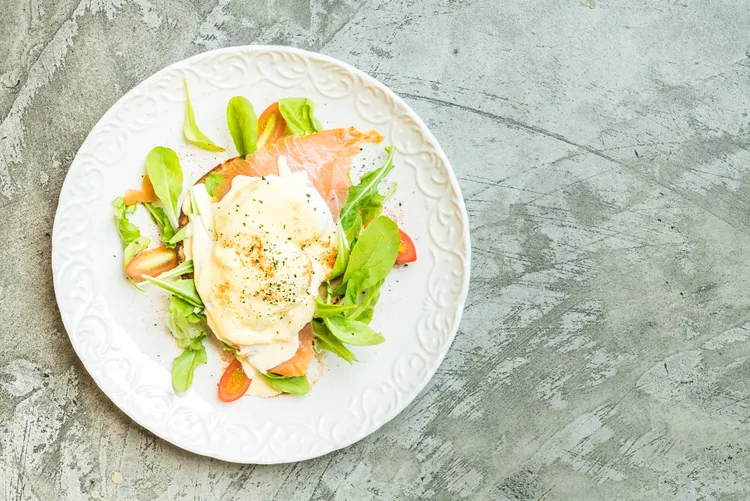Understanding Portion Sizes Without Weighing Everything
Figuring out portion sizes without weighing every little thing can feel like trying to solve a puzzle with missing pieces. It’s one of those everyday challenges where you sort of know what “too much” looks like, but at the same time, meals blur together and suddenly you’re wondering whether your idea of a serving is wildly different from what your body actually needs. And honestly, most of us aren’t going to pull out a scale every time we eat - that’s just not how real life works. The good news is, understanding portion sizes can be intuitive, flexible, and surprisingly easy once you’re tuned in to a few cues that your body - and your plate - are already giving you.
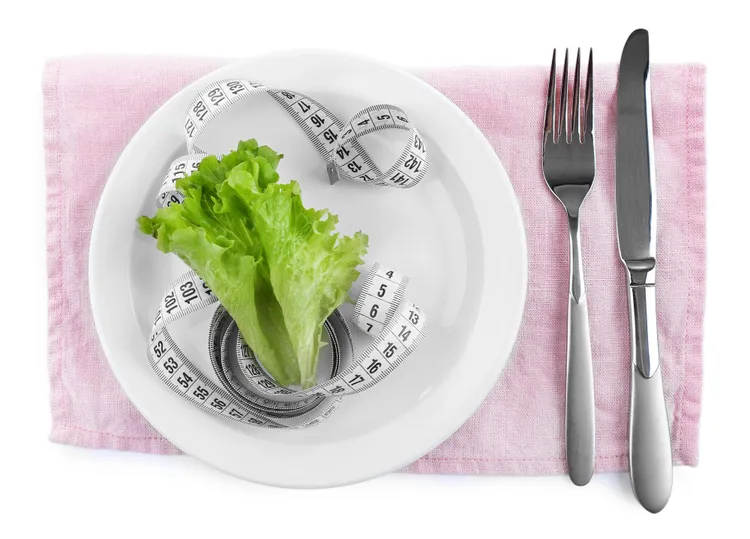
The first mindset shift is accepting that you don’t need precise numbers to eat in a balanced way. You just need reference points. Your hands, your plate, and even your hunger signals are incredibly helpful tools. They travel with you everywhere, they don’t require cleanup, and they make the whole process feel more natural. For example, a portion of protein is roughly the size of your palm - not your partner’s, not your fitness idol’s, but your own. It’s such a simple visual cue that works at home, in restaurants, during holidays, wherever. The same goes for fats, which usually land around the size of your thumb, and carbs, which tend to fit nicely cupped in your hand. Vegetables usually get the most space - think two cupped hands or half your plate.
Once you start using visual guides like that, meals begin to feel less like math problems and more like common sense. Instead of staring at your food wondering whether it’s “too much,” you’re just checking proportions relative to your own body. And that’s the key: portion sizes aren’t universal. A six-foot-tall athlete and a five-foot-tall office worker don’t need the same servings, so using your body as the measuring tool removes the pressure to eat according to someone else’s rules.
But portion guidance isn’t only about visuals - it’s also about tuning into your hunger and fullness cues, which most of us tend to ignore because we’ve spent years eating according to schedules, habits, or emotions. One of the sneaky reasons portion sizes feel confusing is that we often eat faster than our body can register satisfaction. Slowing down just a little - pausing between bites, actually tasting your food, letting your digestive system catch up - creates a ton of clarity. Your body is constantly trying to communicate with you; it just needs a chance to be heard over the speed of modern meals.
Another piece of this puzzle comes from understanding how different foods behave in your body. For example, high-fiber foods like vegetables, beans, and whole grains take up more volume but have fewer calories; so bigger portions of these are typically totally appropriate. Protein digests slowly and keeps you full longer, so hitting that palm-sized serving is a smart anchor for meals. Healthy fats are powerful but dense, which makes that thumb-sized guide helpful. And when it comes to carbohydrates, especially refined ones, a smaller visual reference helps keep your energy steady instead of spiking and crashing. Knowing how each part works doesn’t mean restricting - it just means being intentional.
Portion awareness also gets easier when your meals are balanced. If a plate leans heavily toward carbs and fats, you’ll usually want more food later because it doesn’t hold you over. But if your meals hit the trifecta - protein, carbs, fats, plus veggies - your body naturally feels more satisfied at a reasonable portion size. Without forcing anything, your appetite begins to regulate itself. It’s like giving your body the conditions it needs to do its job properly.
One of the sneakiest saboteurs of portion cues is packaging. Over the years, store-bought snacks, drinks, and meals have quietly grown in size. A muffin today is basically a mini cake. A “single-serving” bag of chips is actually two or three servings. Even restaurant plates have expanded so much that what looks normal is actually oversized. This is why learning visual cues helps reset your internal compass - it teaches you to recognize what a true portion looks like even when the world around you is shouting “bigger!”
Another trick that works beautifully is building your meals backward by asking: “What will satisfy me?” Satisfaction is not the enemy of healthy eating - it’s the secret ingredient. When you enjoy your food - its flavor, temperature, texture - you’re less likely to overeat in search of that satisfaction you skipped. Sometimes a smaller portion of a food you truly want is more satisfying than a big portion of something “lighter” that doesn’t actually hit the spot. Your brain and taste buds relax a little once they feel like their craving has been acknowledged.
And honestly, the more you practice this kind of intuitive portioning, the more comfortable it becomes. You might not get it perfect every time, and you don’t need to. The goal isn’t precision - it’s awareness. It’s finding that sweet spot where you feel nourished, energized, and not overly full. Some days you’ll need bigger portions, especially if you’re extra active, stressed, sleep-deprived, or on your period. Other days your appetite may naturally be lower. Portions aren’t static; they ebb and flow with your life.
At the end of the day, understanding portion sizes without weighing everything is about reconnecting with your own natural signals and pairing them with simple visual cues. It’s about trusting your body more and leaning less on strict rules. It’s not another diet trick or a way to micromanage your food - it’s simply a way to eat with more ease, clarity, and confidence. And honestly? Once this clicks, eating feels a whole lot more human.

